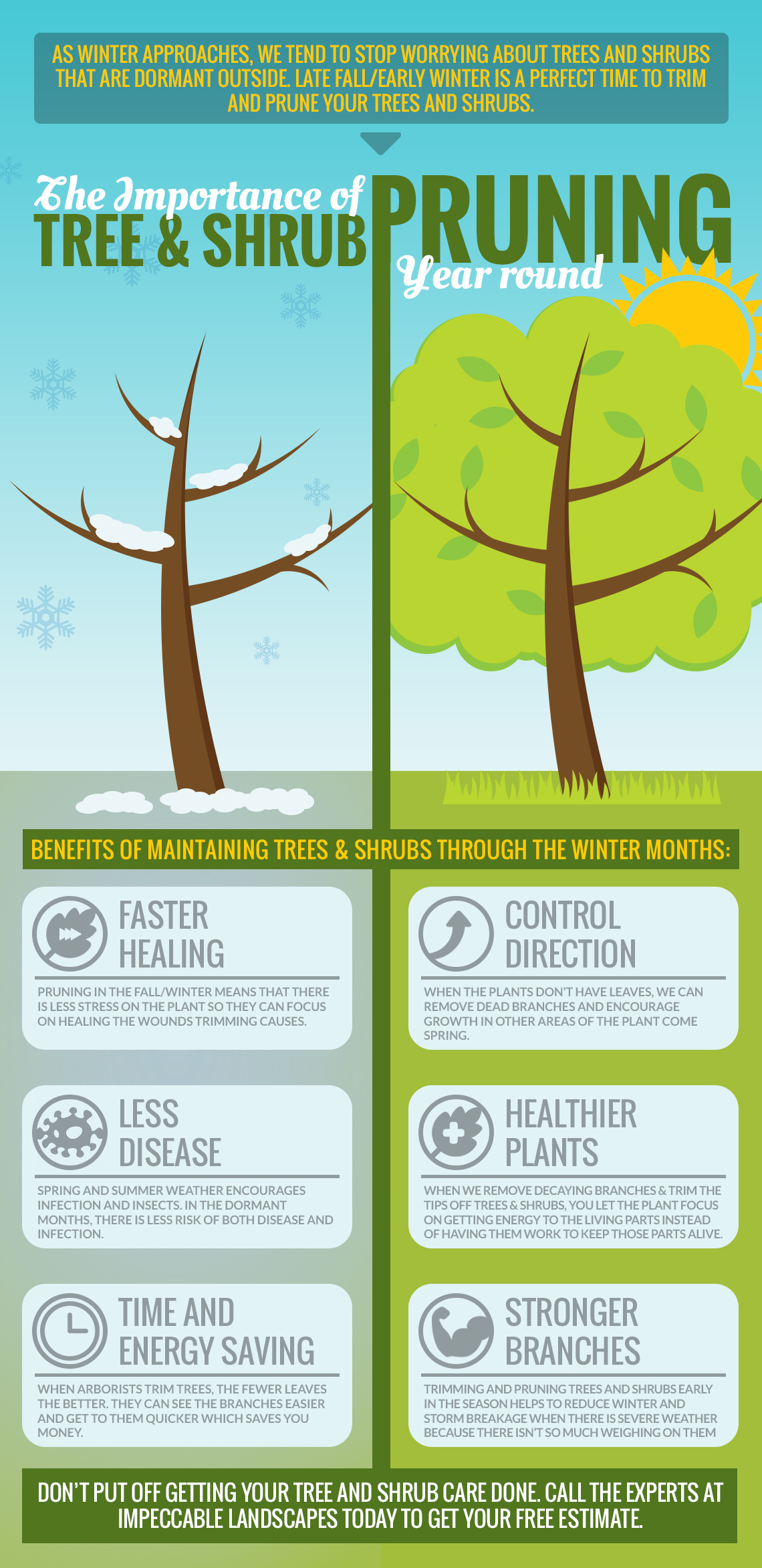Indications It's Time To Get Rid Of A Tree - A Property Owner'S Overview
Indications It's Time To Get Rid Of A Tree - A Property Owner'S Overview
Blog Article
Staff Author-Wright Bendixen
Trees include elegance and worth to residential or commercial property, however they can additionally present a threat during extreme climate occasions. If read here has actually stopped growing, is showing noticeable fungal development, or has a leaning trunk, it must be eliminated by a specialist to avoid property damage and injury.
To get https://treestumpremovaltool73951.smblogsites.com/29336108/selecting-in-between-do-it-yourself-and-hiring-a-professional-for-tree-elimination , attend a homeowner resource reasonable co-hosted by HPD, the Facility for NYC Neighborhoods, and Brooklyn-based real estate partners this evening in Bedford-Stuyvesant. The event will feature the Homeowner Handbook, a new guide to help homeowners navigate the obligations of owning a home.
1. Dead or Dying Branches
Trees are an integral part of your home's landscape, offering color and beauty. They also provide shelter for wildlife and produce oxygen, however even healthy trees can experience health issue that may require their elimination. Dead or dying trees aren't just undesirable, they can be hazardous. Their branches could drop throughout a storm, resulting in pricey residential property damages and injuries.
When a tree's branches begin to pass away, it indicates that its structure is starting to break down. If most of its branches are dead, it is most likely time to remove it.
Try to find a lack of brand-new growth, bark peeling, open wounds or tooth cavities, fungi expanding on the trunk or origins and a general look of degeneration in the entire cover. These signs of infection can show a serious problem that will require professional tree services to solve.
2. Leaning Trunk
While it's normal for trees to lean from time to time as a result of phototropism, if a tree has a hazardous or extreme lean that's not due to natural processes - maybe a sign that the tree needs to be eliminated. If linked web page is favoring a power line, home, vehicle, play structure or any other location that could be unsafe to individuals if it falls, after that contacting a specialist tree service for removal need to be a top priority.
It's likewise vital to watch for any sudden changes in a tree's leaning as it can suggest damages to the origins or trunk that might bring about falling. This is specifically true throughout thundercloud, considering that high winds and rain-soaked dirt can create a lean to transform quickly. Routine tracking, especially throughout and after tornados can help homeowners identify potential problems with their trees so they can call an arborist for a detailed analysis.
3. Parasite Invasion
Some pest invasions, such as wood-boring bugs like emerald ash borer or sap-suckers like range bugs, are so serious that they can trigger a tree to die. The best means to prevent pest invasion is to check your trees on a regular basis. Seek spots, holes, or stainings in the leaves and bark. Examine the trunk for fractures and signs of insect damage, such as passages or tracks.
If a tree ends up being too plagued with parasites, or is close to a home or high-voltage line, an arborist might advise removal. If a leaning tree establishes a brand-new, unstable lean, an arborist will likely advise removal also to make sure the safety and security of people and residential or commercial property. If a weakened or dead tree continuously sheds excessive branches, it is an indication that it is time to remove the tree. If visit the up coming internet site continues to drop branches for a prolonged period of time, it can result in structural troubles and potential property damage.
4. Damaged Trunk
Trees are a stunning and fundamental part of our landscape, yet they do call for routine care to maintain them healthy and balanced and safe. If a tree is harmed beyond repair it is likely time for it to come down.
Try to find signs of damages to the trunk, including upright splits, seams, dead branch stubs, visible wounds or open tooth cavities and serious tree-rot. The existence of fungi at the base of the trunk is an additional advising sign. Fungis may suggest that the phloem and xylem (life-support cells) are endangered, enabling the spread of disease or a future failure.
Likewise, take into consideration whether the tree has actually quit growing. Healthy and balanced trees will certainly have brand-new growth every year, which might be visible as buds or branches growing and extending. If you do not see any brand-new development, it's an excellent concept to have an arborist examine the tree and follow their referral for elimination. A dying or harmed tree can fall and trigger building damages.